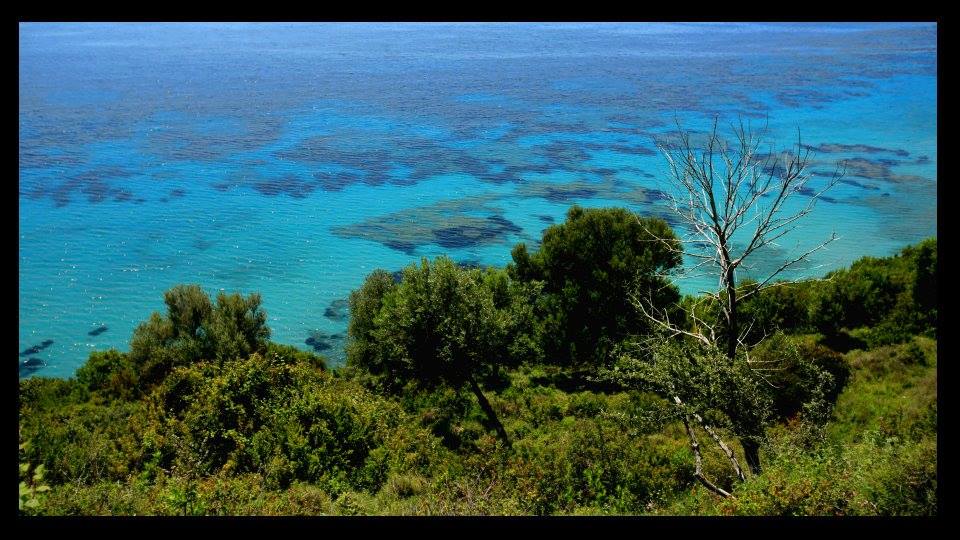TIRANA, June 9
While tourism in Albania is affected more than other sectors by the COVID-19 pandemic and Albanian authorities are doing the utmost to convince Albanians to show solidarity towards domestic tourism instead of feeing to the nearest island, the European Environment Agency confirms that when it comes to bathing waters with excellent quality in Europe in 2019, Albania ranked second-to-the-last. The ranking can be related to the fact that not all bathing sites were monitored. On the other hand, the number of bathing sites that classified as poor declined form ten in 2018 to seven in 2019. This also marks a significant reduction since 2015, when 31 bathing water sites (or 39.1%) were assessed as poor. (see country report below)
Sites that meet excellent bathing water quality marked a decline from 62.0 percent in 2018 to 58.8 percent in 2019. For the first time, the report includes data on inland bathing water. Five inland bathing sites on the Coast of Ohrid Lake were given excellent and good quality.
The ‘European bathing water quality in 2019’ report was published by EEA on Monday, June 8, the World Oceans Day. Based on the data provided, only 58.8 percent or 70 monitored bathing sites, both coastal and inland, met excellent quality. Further on, 21.8 percent or 26 sites ranked good, 4.2 percent or four sites ranked sufficient, while 5.9 percent or 7 sites ranked poor. Eleven out of a total of 119 monitored bathing sites were not classified.
Hence, a total of 84.9 percent of reported bathing waters are in line with the minimum quality standards of the Directive and are thus classified as ‘sufficient’ or better.
The report defines that bathing waters are quality classified according to two microbiological parameters (Escherichia coli and Intestinal enterococci) defined in the Bathing Water Directive.

According to the map, these are the bathing sites with poor water quality in Albania
Bistrica River Delta at Cuka Canal, Saranda
Two bathing sites along Lungomare Promenade in Vlora
Three bathing sites between Plepa and Shkembi i Kavajes in Durres
The bathing site by the Sphinx monument in Durres
Reading suggestion: How the Coronavirus Is Hurting Tourism Businesses in Albania?
Coastal tourism is the largest sector in Albania’s blue economy, and at the same time a key pillar of the country’s economy in general, even though in the current situation it’s unsustainable. Given the economic reliance on tourism and coastal tourism in general, it would make more sense to promote sustainable tourism development approaches instead of luxury tourism. This is a sector where Albania can’t beat highly experienced neighbor countries in the Mediterranean region. On the other hand, the country has a huge potential for eco-tourism.
Time will tell if Albanians will resist the temptation to spend summer holidays abroad after some months in complete isolation and under travel restrictions.
Read also: Top 15 Best Beaches in Albania
Albania’s Best Secluded Beaches
Albania’s Best Wild Swimming Walks
Guide to Thermal Baths in Albania
Best Beaches for Kids and Families in Albania
Rural Tourism and Sustainable Development in the Albanian Alps
Source: EEA

Leave a Reply
You must be logged in to post a comment.